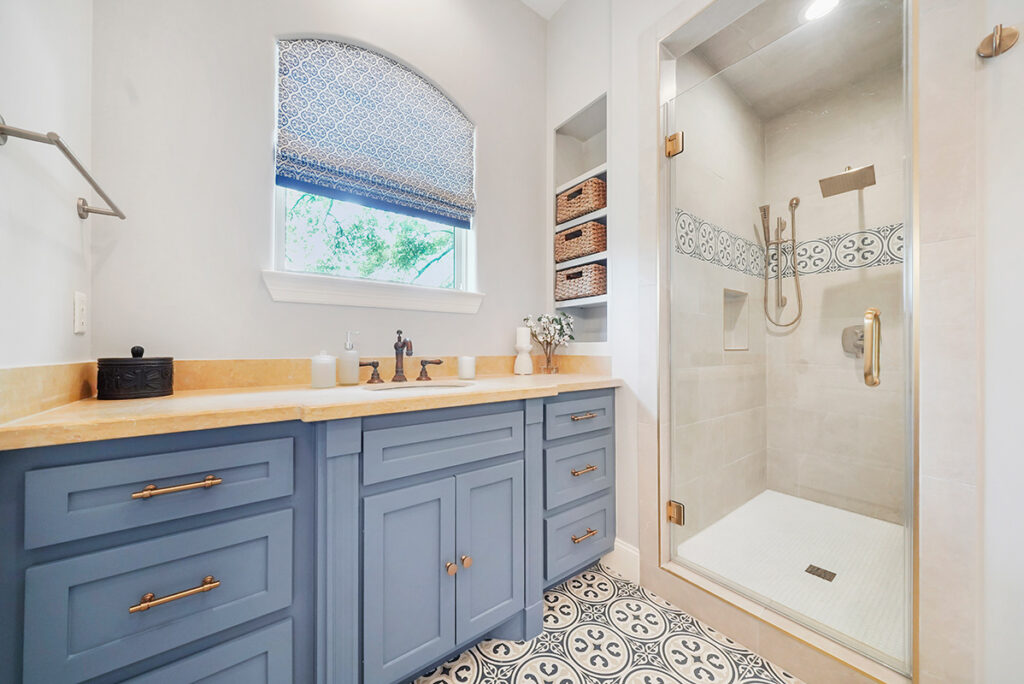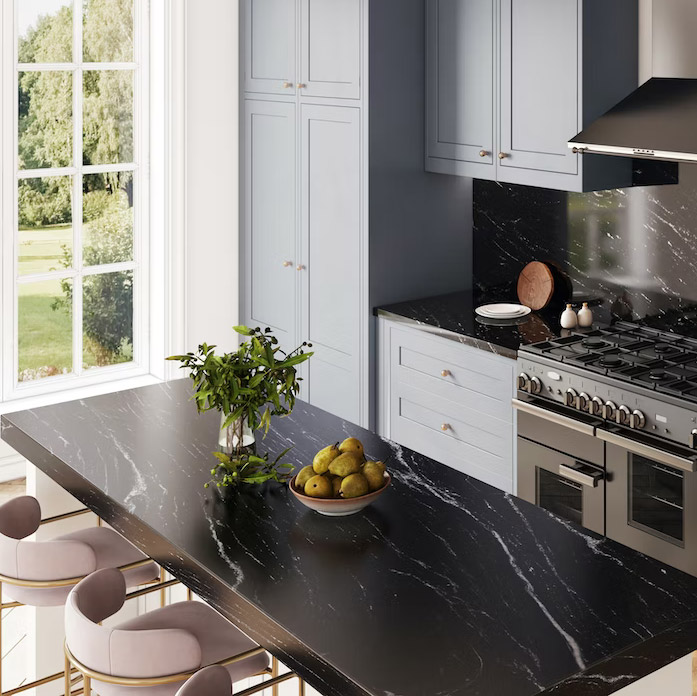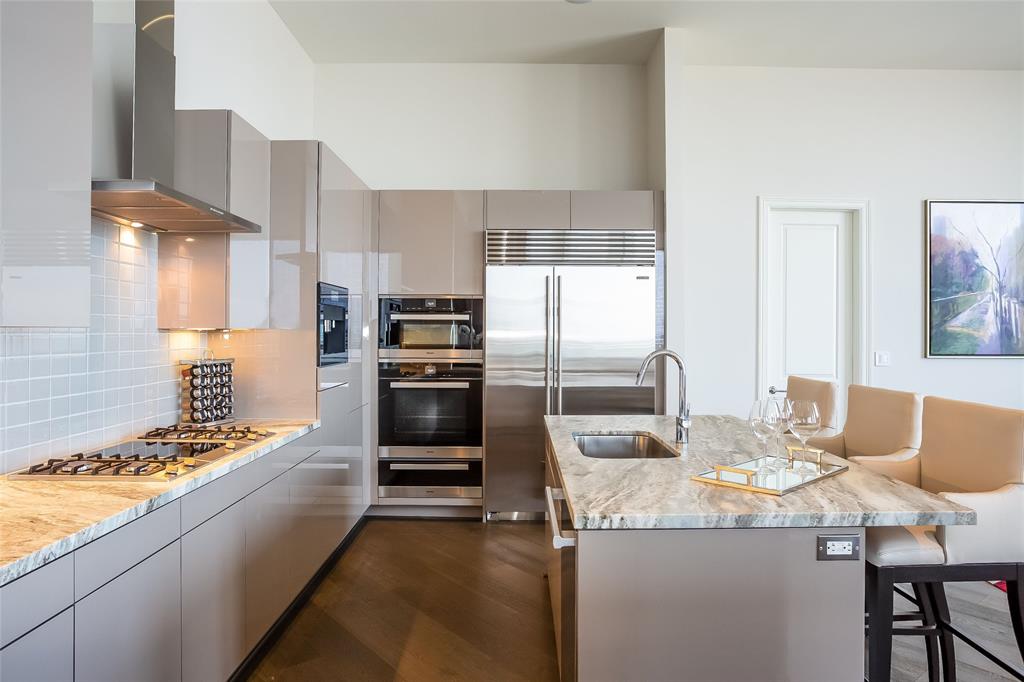Are you aware of how many different types of countertops there are? I’m not talking about colors, patterns & textures. I’m referring to all the different types of products–from rock based products to porcelain to man-made beauties. It’s fun to pick out which colors you like, but have you considered what’s going to work the best for you and your kitchen habits?
Limestone
is a sedimentary rock made of calcium carbonate (CaC01), usually in the form of calcite or aragonite. It may contain considerable amounts of magnesium carbonate (dolomite) as well. However, minor constituents of clay, iron carbonate, feldspar, pyrite, and quartz is also commonly present.Marble
is a metamorphic rock composed of recrystallized carbonate minerals, most commonly calcite or dolomite. Marble is typically not foliated, although there are exceptions. In geology, the term marble refers to metamorphosed limestone, but its use in stonemasonry more broadly encompasses unmetamorphosed limestone. If you like red wine, please avoid this material. Marble stains easily, and it is not inexpensive to repair.
Travertine
is a type of limestone that is formed by mineral deposits from natural springs. This sedimentary stone is created by the rapid precipitation of calcium carbonate, known as calcite. Other minerals mix together with the calcite to create unique swirls and movements that give travertine its distinctive character.
Granite
is a light-colored igneous rock with grains large enough to be visible to the unaided eye. It forms from the slow crystallization of magma below the Earth’s surface. Granite is composed mainly of quartz and feldspar with minor amounts of mica, amphiboles, and other minerals. This mineral composition usually gives granite a red, pink, gray, or white color, with dark mineral grains visible throughout the rock. This is one of the most popular natural stone options for countertops.
Quartzite
is a hard, non-foliated metamorphic rock that was originally pure quartz sandstone. Sandstone is converted into quartzite through heating and ) pressure, usually related to tectonic compression within orogenic belts. It is slightly more resistant than granite and is also a natural stone.
Man-made quartz
has become an extremely popular interior stone option among designers, contractors, and more in recent years. Specifically, quartz refers to a man-made stone option that is typically composed of about 90-97% natural quartz that is mixed with resin and pigment to create a unique look. Quartz countertops are only cured at about 200° Fahrenheit. Like other countertop surfaces, this results in a surface finish that can be easily damaged by something as simple as a hot pan without a trivet or hot pad underneath. We would not recommend using your crockpot on this surface.
Porcelain slabs
are a ceramic material made by heating substances, generally including materials such as kaolinite. in a kiln to temperatures between 1,200 and 1,400 °C (2.200 and 2,600 °F). The strength and translucence of porcelain, relative to other types of pottery, arises mainly from vitrification and formation of the mineral mullite Within the body at these high temperatures. Though definitions vary, porcelain can be divided into three main categories: hard paste, soft-paste, and bone china. The category that an object belongs to depends on the composition of the paste used to make the body of the porcelain object and the firing conditions. We have seen a design trend of porcelain cooktops due to the high heat resistance of this material.
Dekton
is a sintered stone, also known as an “ultra-compact surface” in the world of countertop materials. Dekton is made from a combo of the same raw materials used to make quartz, glass, and porcelain countertops. But it’s different from all three. It’s a brand-new type of countertop surface that is created with a unique fabrication process called Sinterized Particle Technology. The process involves mixing the raw materials under extreme pressure and heat. We’re talking compressors that squash at 5900 psi (pounds per square inch) and ovens that reach 21912F (12002C). The result is a type of countertop that is almost indestructible and easy to maintain. That is the main claim to fame. The idea behind Dekton sintered stone is to improve the performance of quartz countertops, which are extremely popular and excellent surface.
Neolith
is a revolutionary manufacturing process that uses 100% natural materials, extreme heat, and intense pressure to produce the most durable surface material available. We confidently say “extreme” heat and “intense” pressure because Neollth slabs are cured at about 2200° Fahrenheit (1200+02 Celsius) and compressed to over 5900 pounds per square inch. In comparison, quartz countertops are only cured at about 200° Fahrenheit. Like other countertop surfaces, this results in a surface finish that can be easily damaged by something as simple as a hot pan without a trivet or hot pad underneath. This is the most resistant and expensive of all the materials, but the have some beautiful designs available.Are you ready to pick out the ideal countertop to update your space? Contact the Coton House Design Team to learn more about our interior design and remodeling packages that will help you from making costly mistakes.